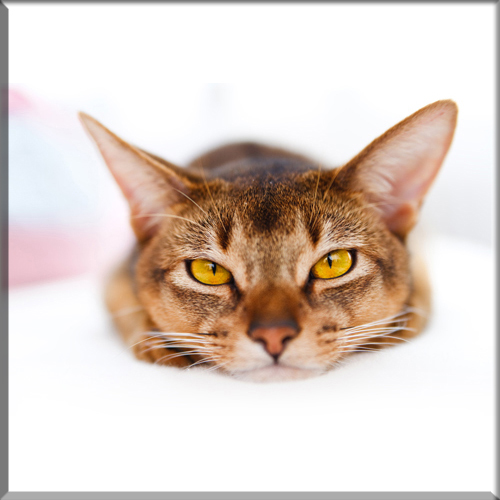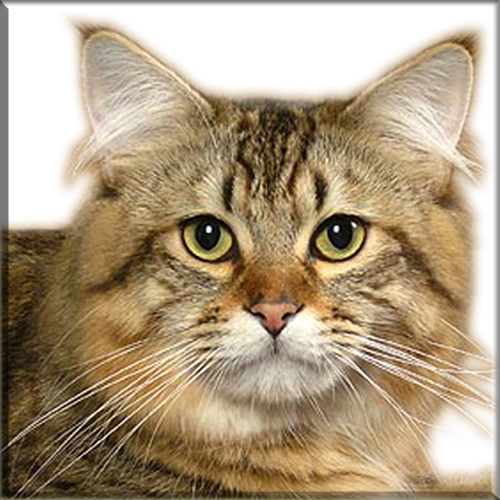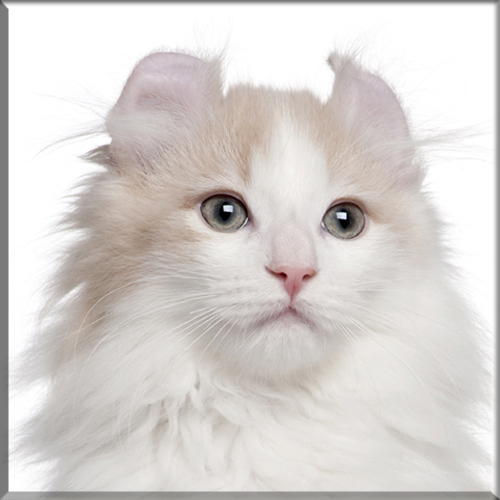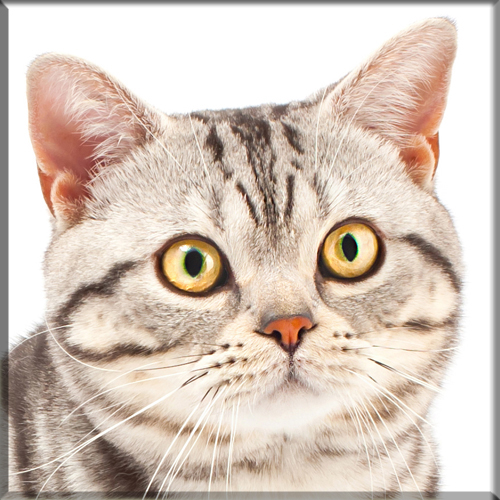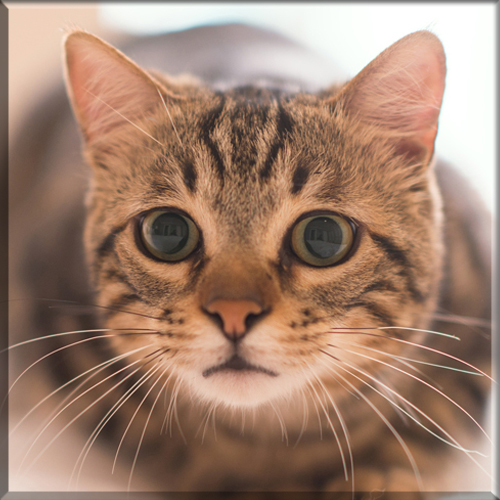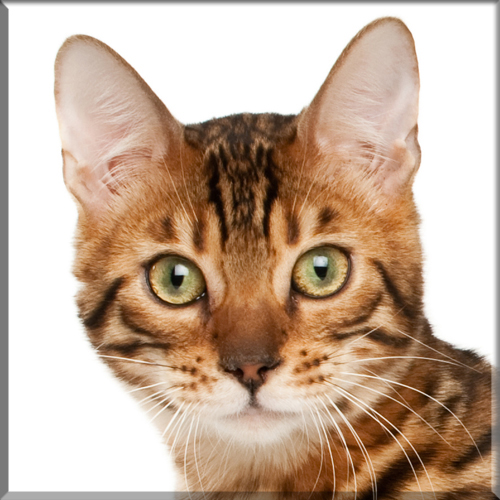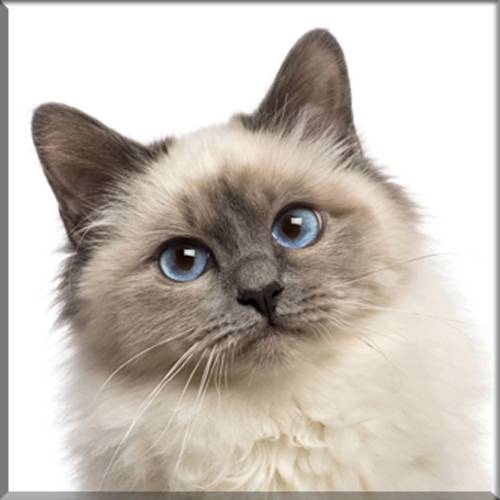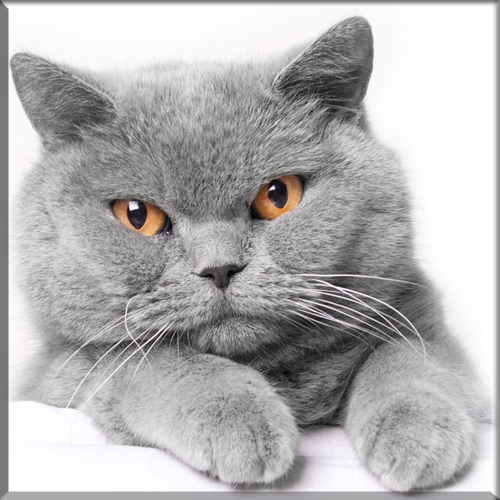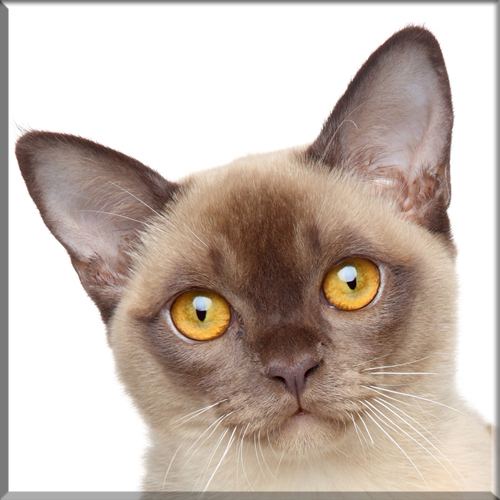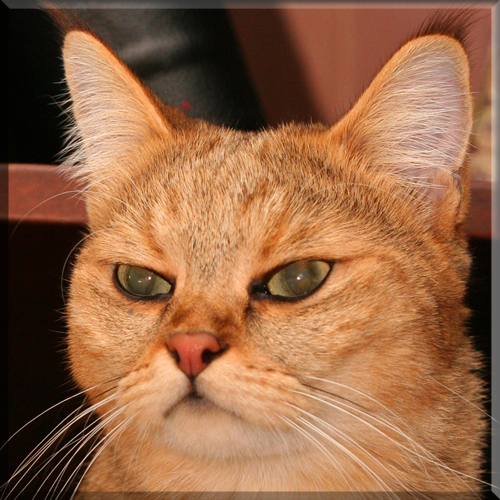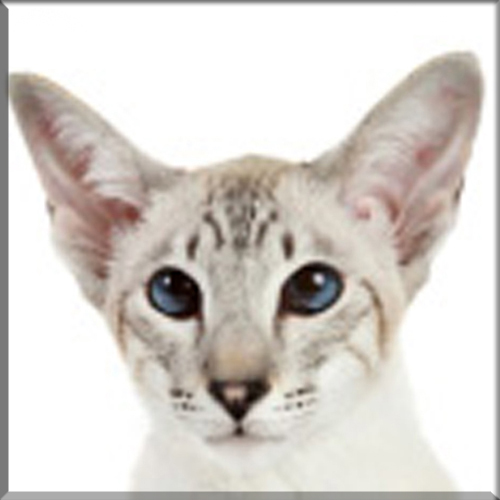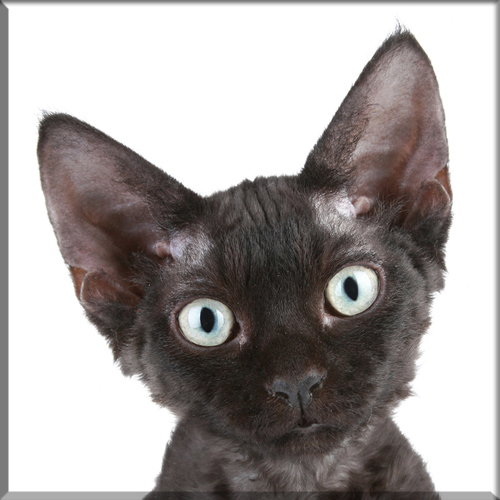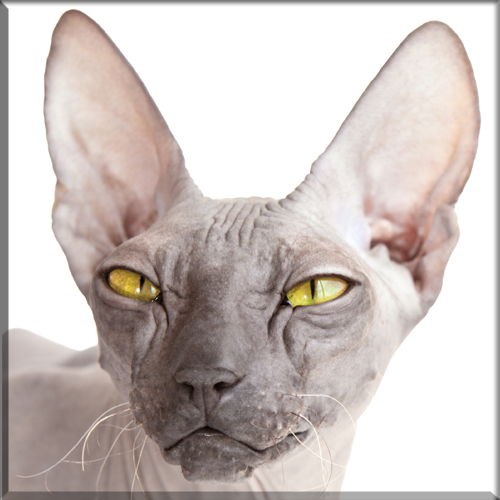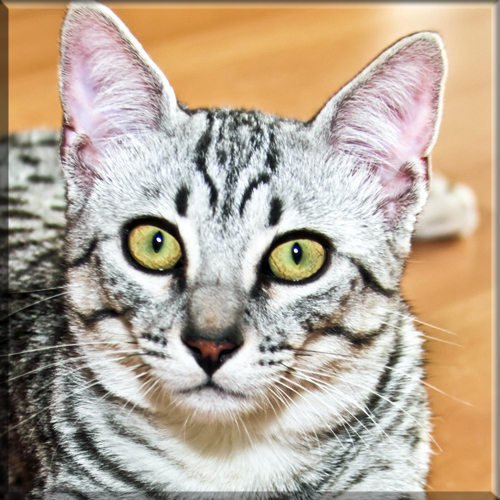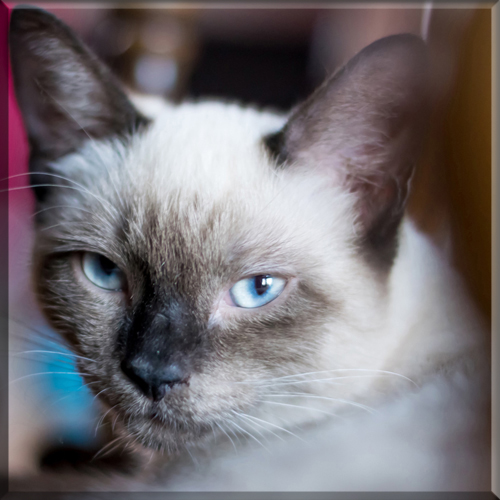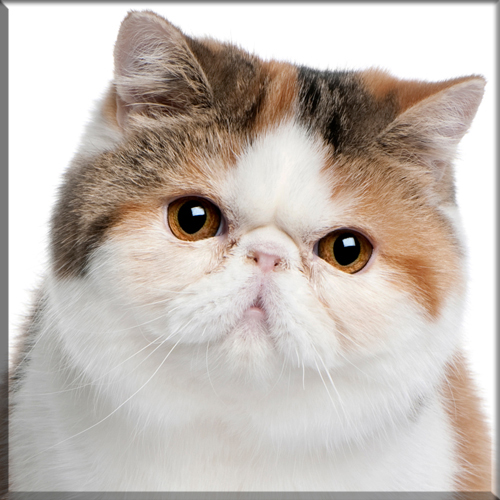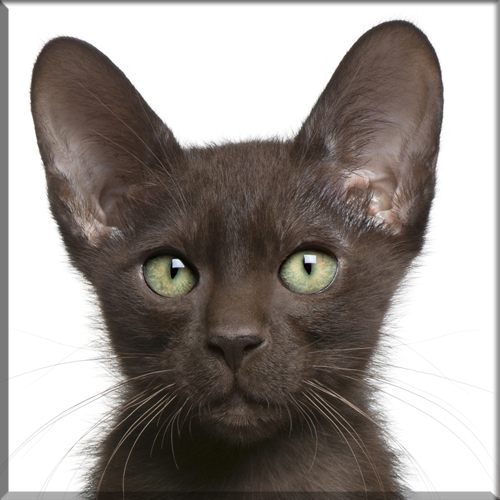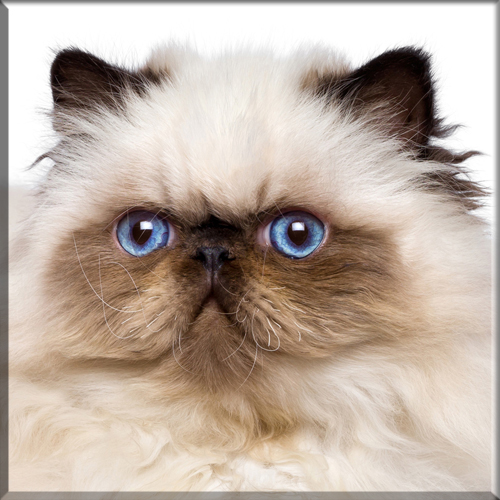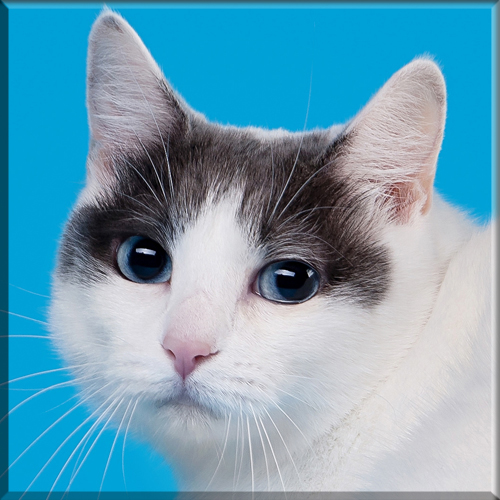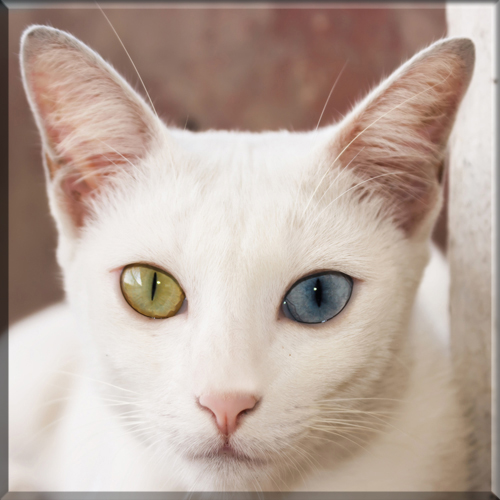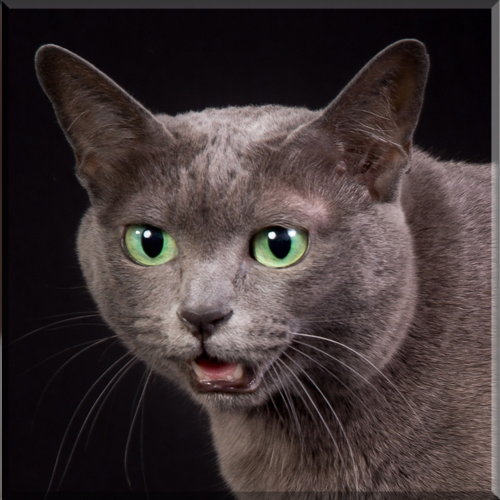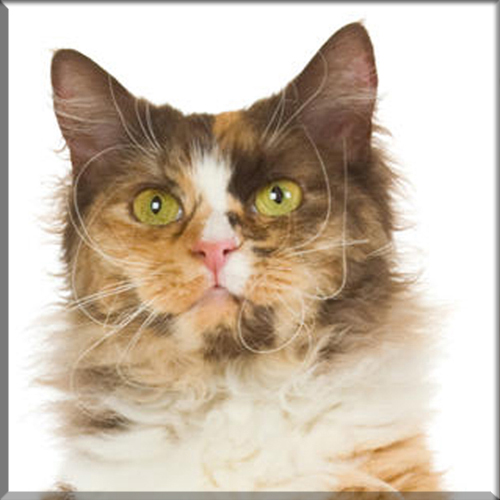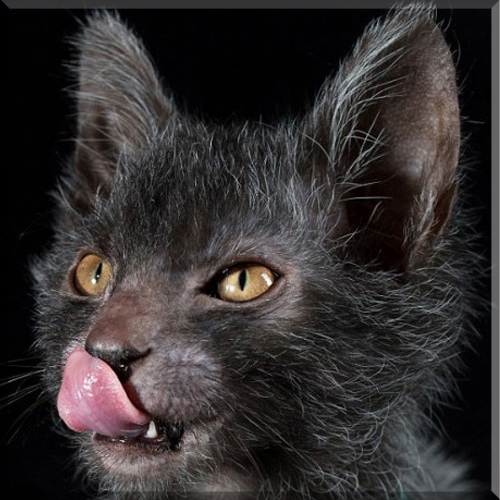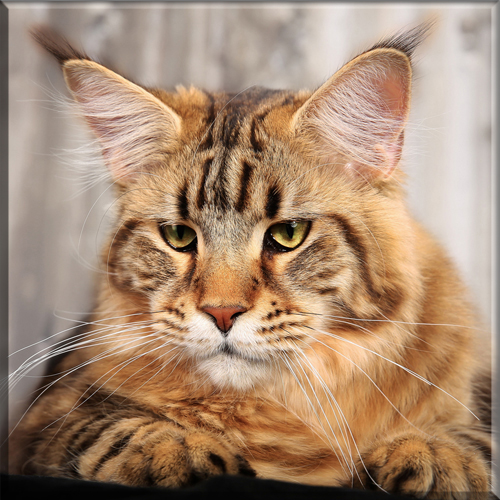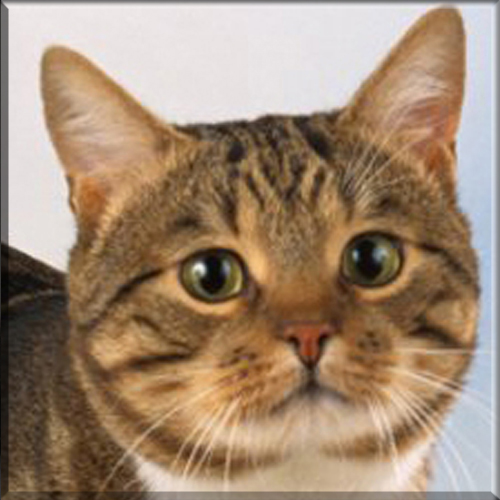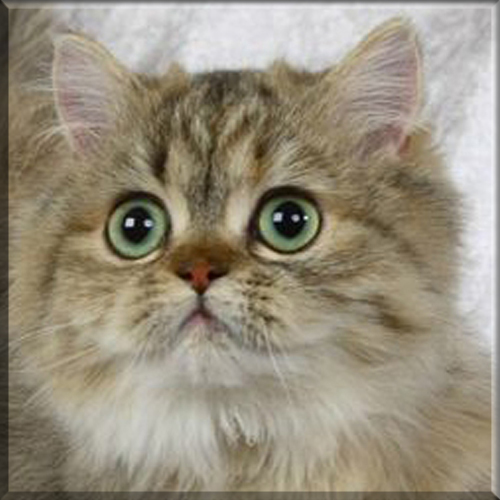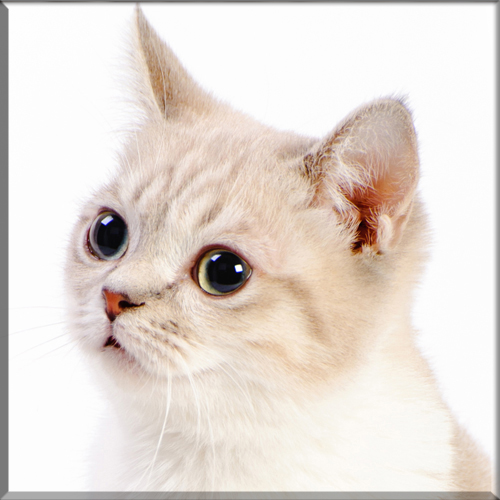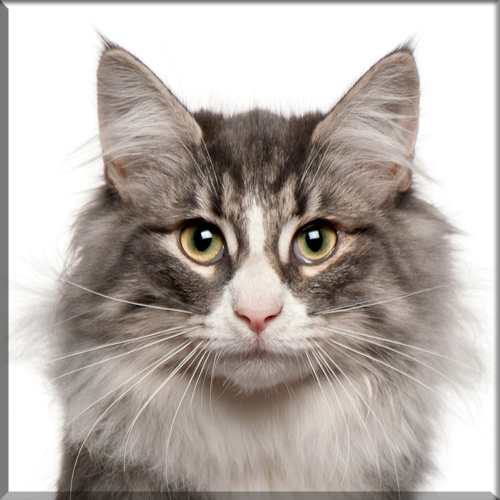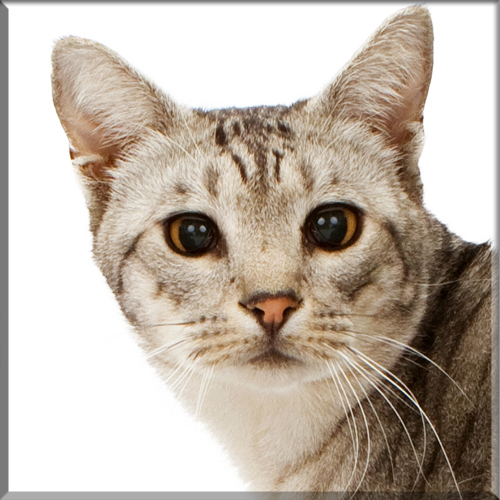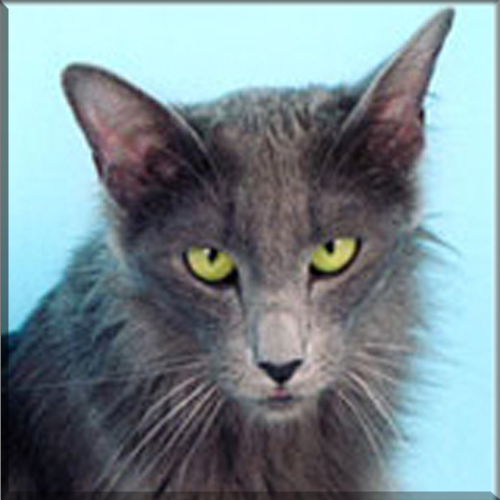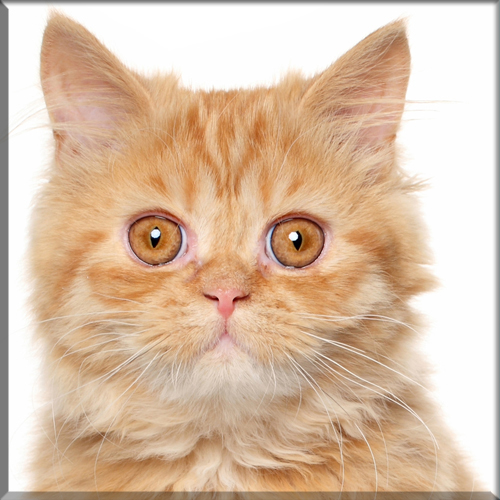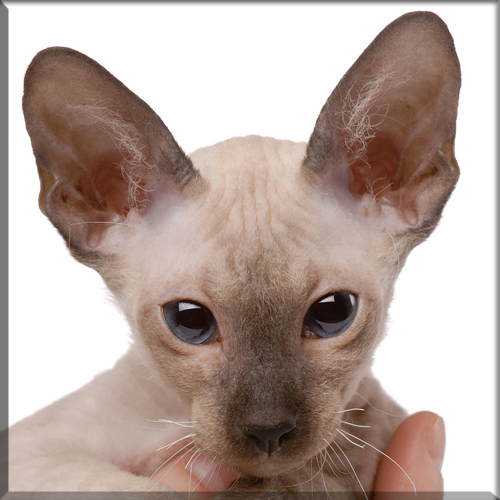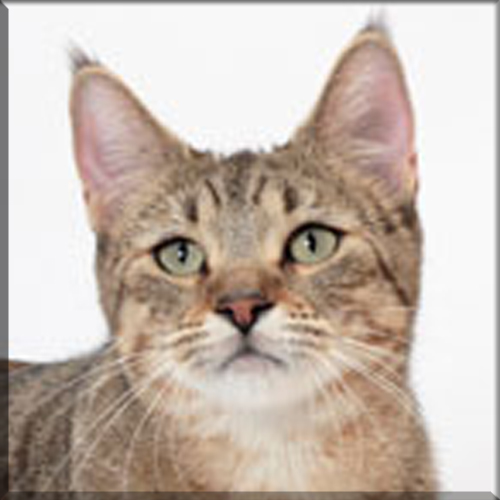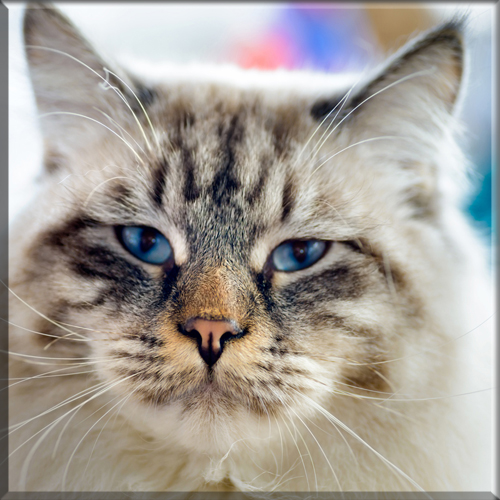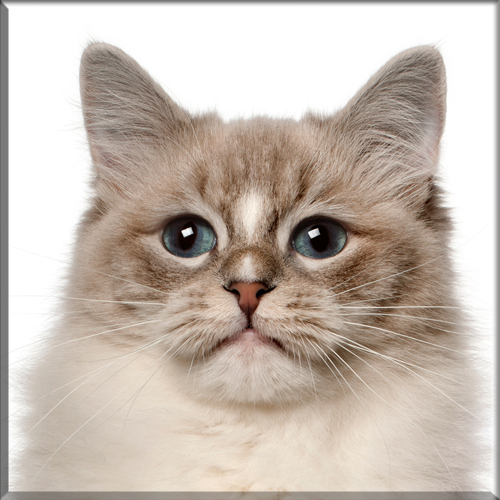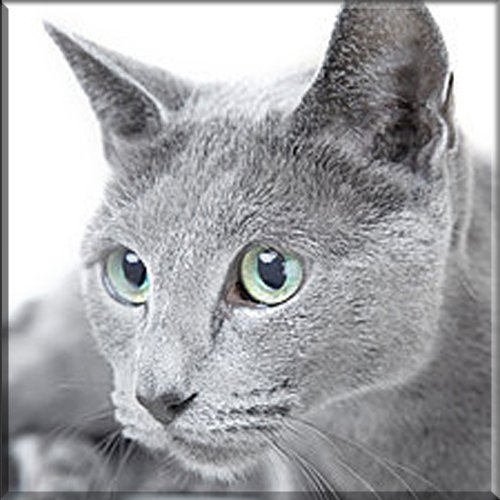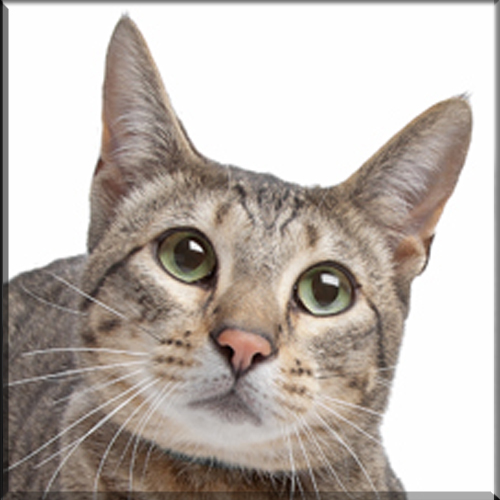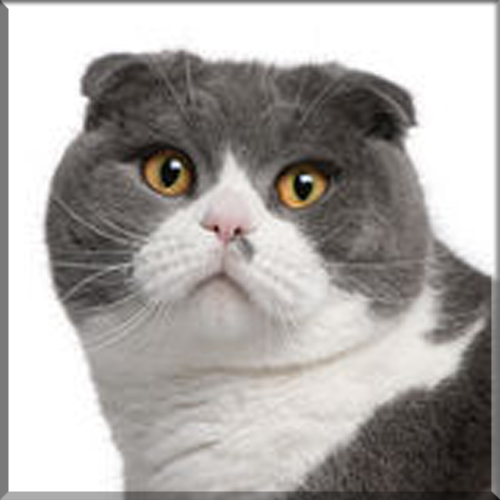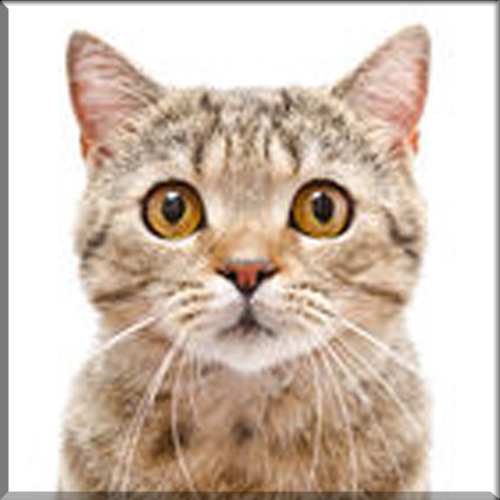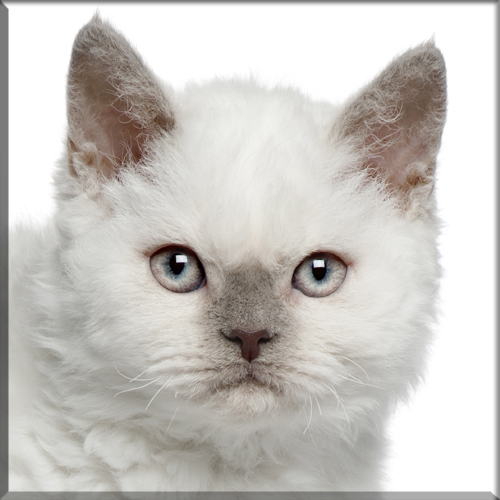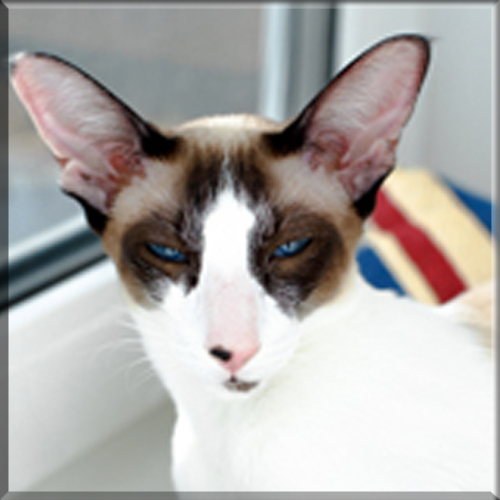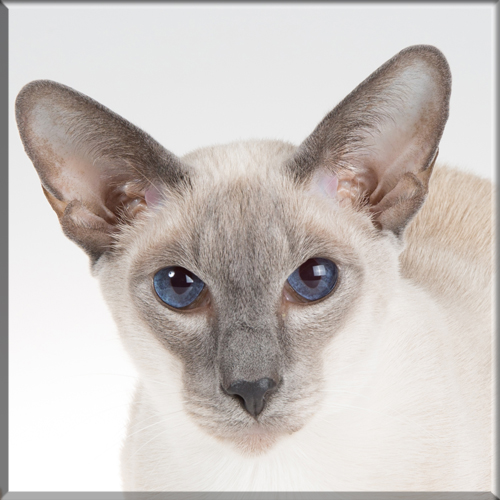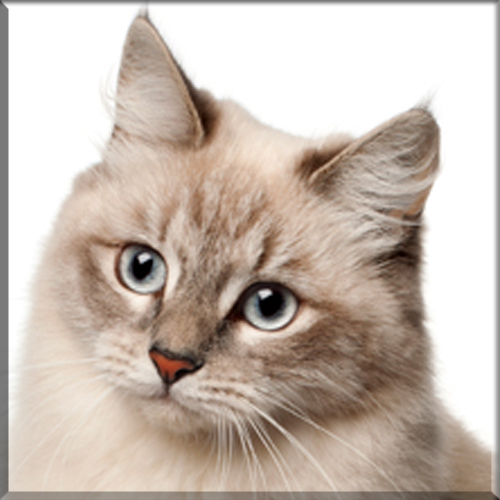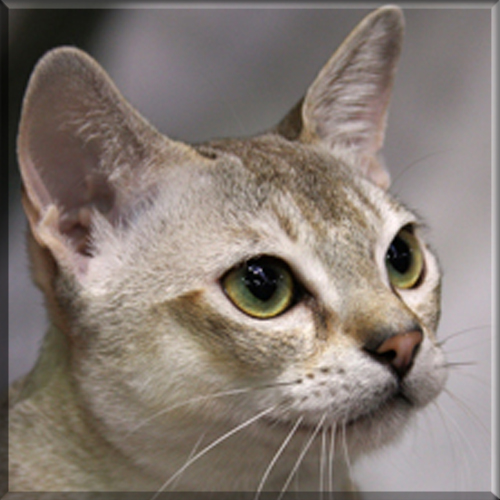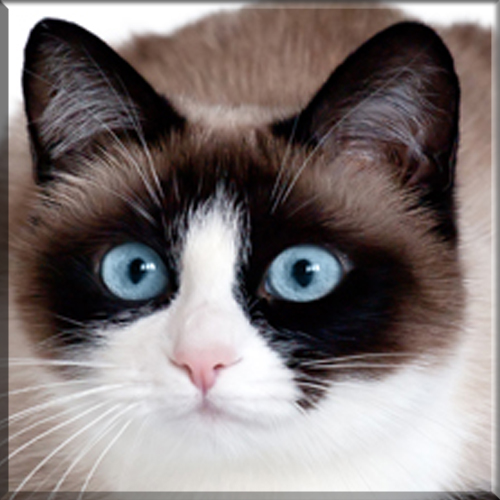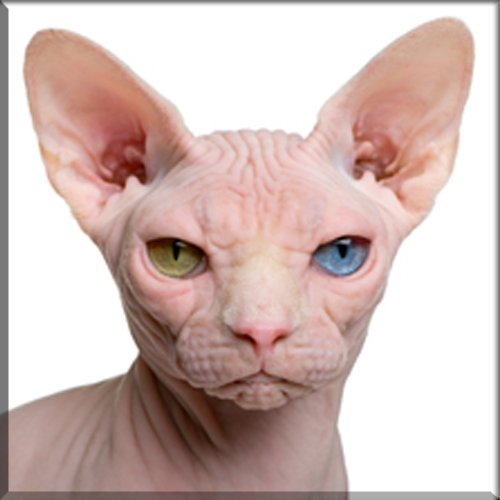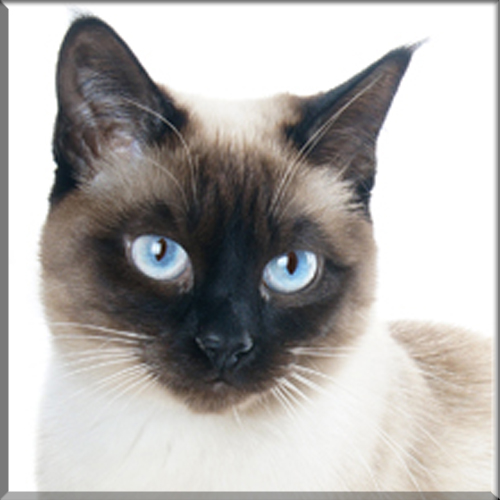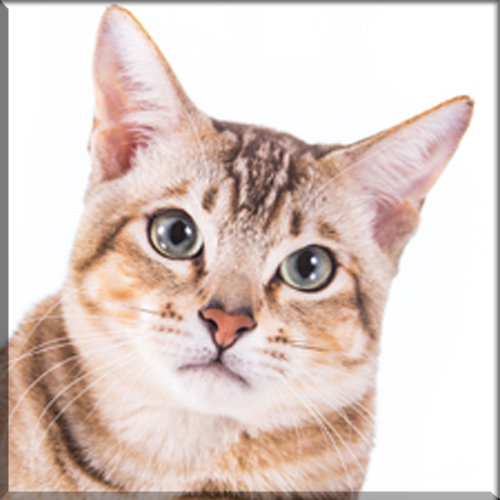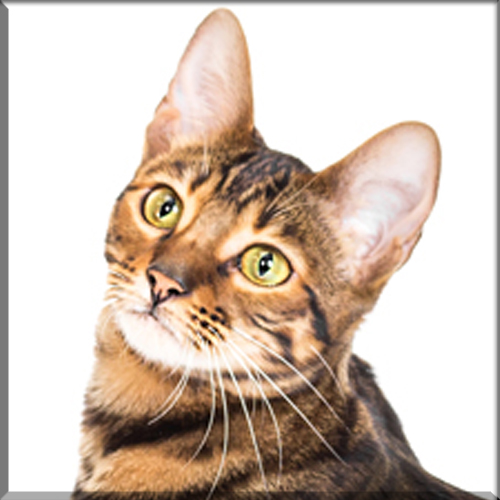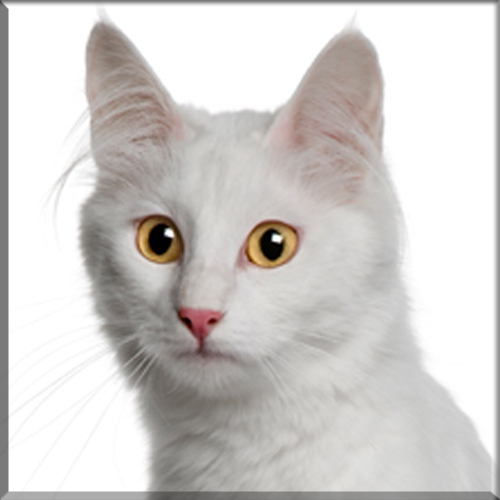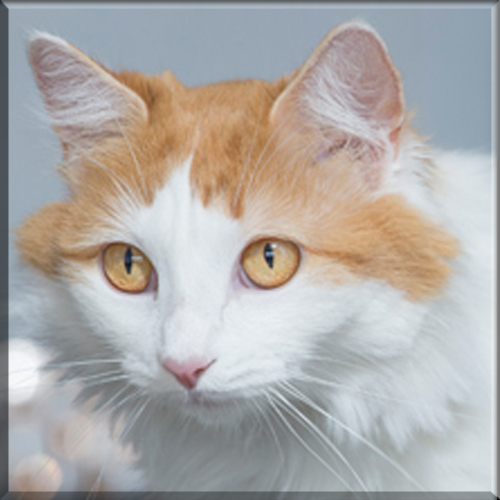Lykoi
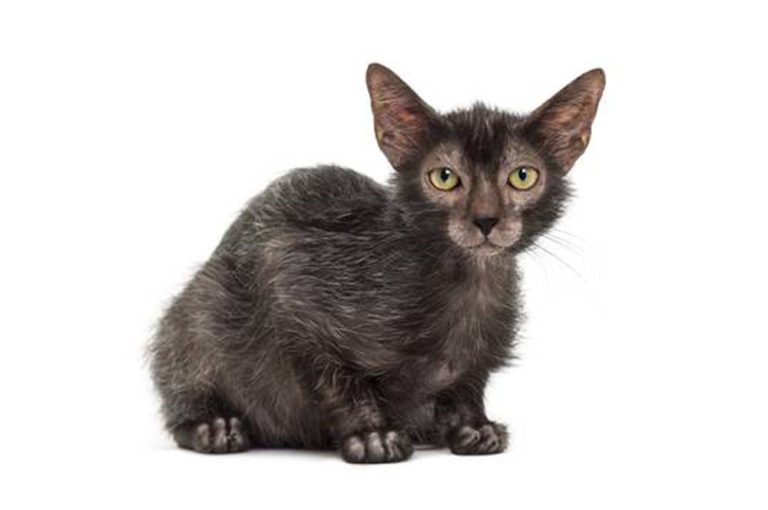
Appearance and features:
The Lykoi is a partially or almost entirely hairless cat that is genetically distinct from the Canadian Sphynx. The hair coat is unique in appearance in that it resembles the coat of an opossum when mostly coated. Standards call for a solid black roan coat, a wedge-shaped head, and a lithe body of solid weight without excessive bulk. Lykoi are said to be friendly and unchallenging in their behavior. They display a high level of affection for their owners.
A unique characteristic of the cat breed is that the Lykoi sheds a lot when older but regrows its hair later in life depending on the season.
The missing coat of the Lykoi’s face gives the breed a werewolfish appearance.
Size:
This is a small to medium-size cat weighing 4 to 7 pounds.
Family:
The Lykoi is a natural mutation from a domestic shorthair that has the appearance of a werewolf. The mutation has occurred in domestic cats over the last 20 years. DNA testing has been done by UC Davis to confirm that the cats do not carry the Sphynx/Devon gene. The Lykoi breed was developed in Vonore, Tennessee and is said to resemble a werewolf. The word “lykoi” means ‘wolves’ in Greek.
Coloring:
Origin:
The Lykoi is a naturally occurring gene in the feral cat population. Discovered in 2010 in Virginia, two unrelated sets of these feral black haired domestic shorthairs with the Lykoi gene, were then bred by Patti Thomas, who co-founded and named the breed. Then in 2011, a second pair was located in Tennessee, by Johnny Gobble.
The Lykoi went before The International Cat Association (TICA) registry in 2012 and was passed to “Registration Only” status by unanimous consent. The breed is now recognized as a Championship Breed and can begin competing against other Championship breeds in May 2017, with TICA. Work is currently being done to expand the breeding program.
Temperament:
Health concerns:
Breed Characteristics
Here is a helpful guide for the different characteristics of the breed. On a Scale of 1-5. 1 being very low level to 5 being high level.
Hypoallergenic: No
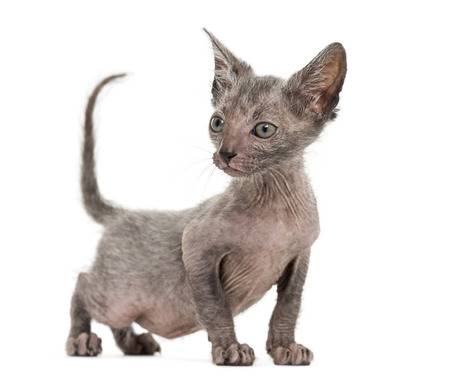
Breeders With Currently Available Kittens
All The Cat Breeds
- Abyssinian
- American Bobtail
- American Curl
- American Shorthair
- American Wirehair
- Balinese
- Bengal
- Birman
- Bombay
- British Shorthair
- Burmese
- Burmillia
- Charteux
- Chausie
- Colorpoint Shorthair
- Cornish Rex
- Devon Rex
- Donskoy
- Egyption Mau
- European Burmese
- Exotic
- Havana Brown
- Highlander
- Himalayan
- Japanese Bobtail
- Khao Manee
- Korat
- LaPerm
- Lykoi
- Maine Coon
- Manx
- Minuet / Napolean
- Munchkin
- Norwegian Forest Cat
- Ocicat
- Oriental Longhair
- Oriental Shorthair
- Persian
- Peterbald
- Pixie Bob
- Ragamuffin
- Ragdoll
- Russian Blue
- Savannah
- Scottish Fold
- Scottish Straight
- Selkirk Rex
- Seychellois
- Siamese
- Siberian
- Singapora
- Snowshoe
- Somali
- Sphynx
- Thai
- Tonkinese
- Toyger
- Turkish Angora
- Turkish Van

